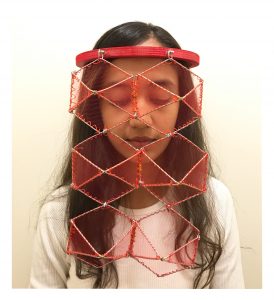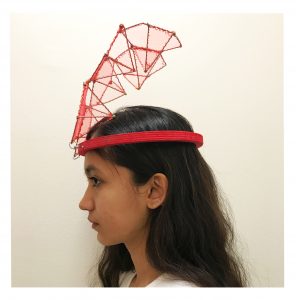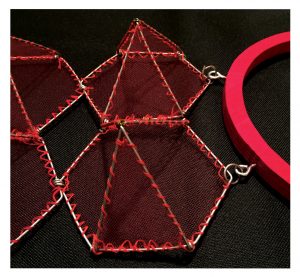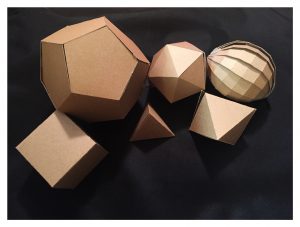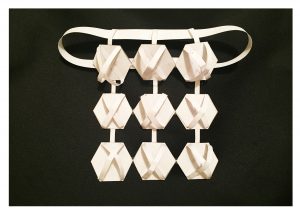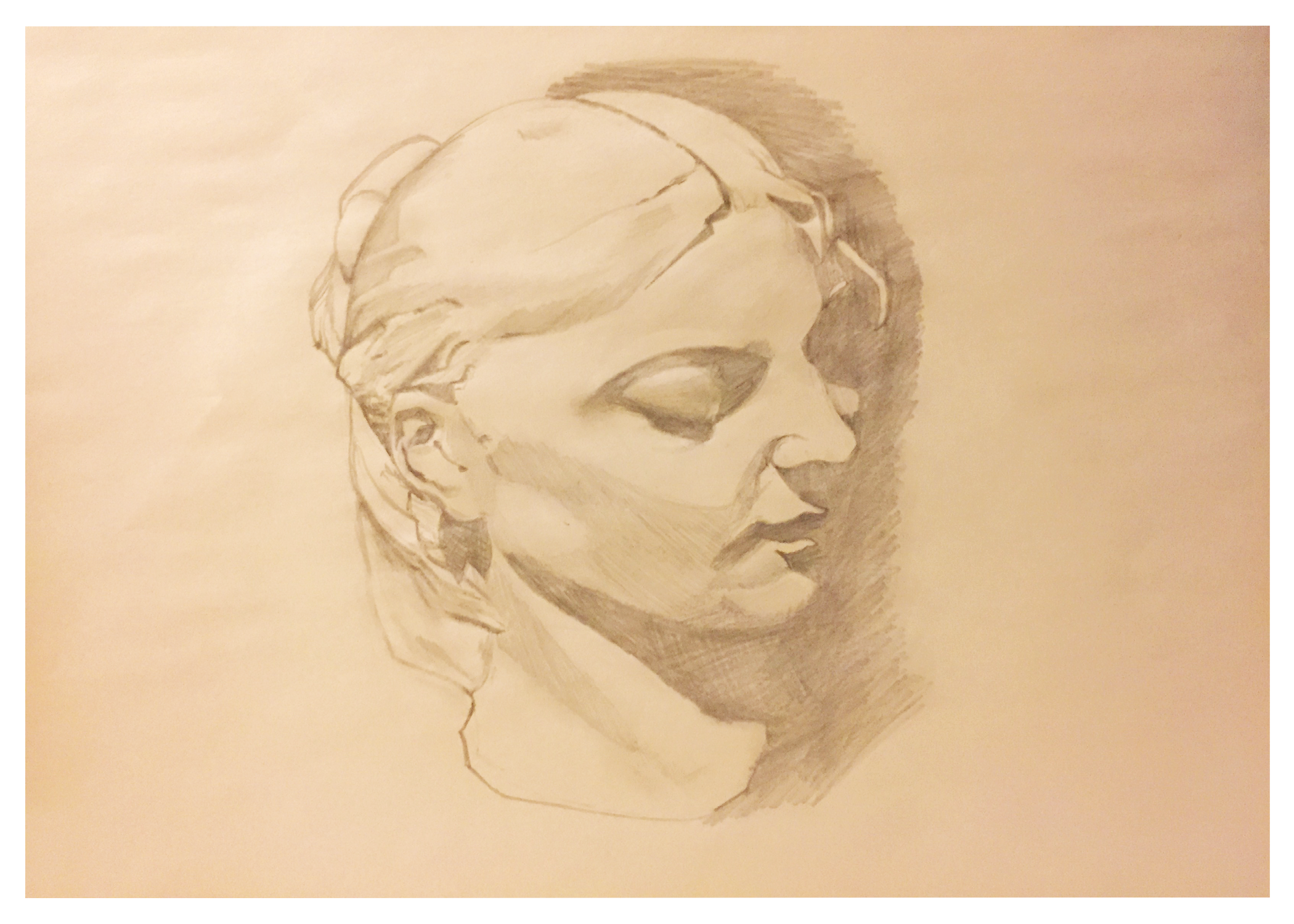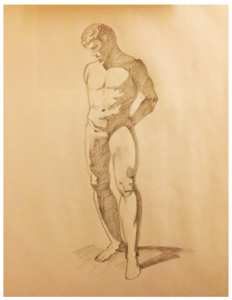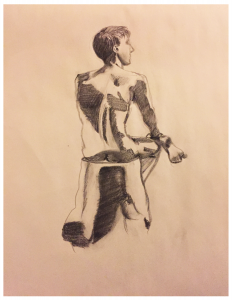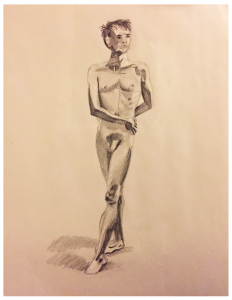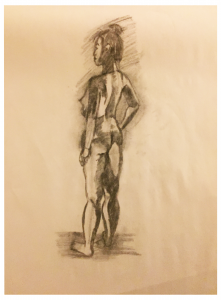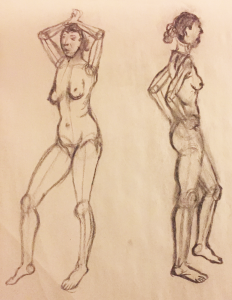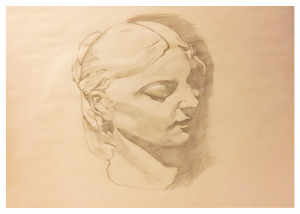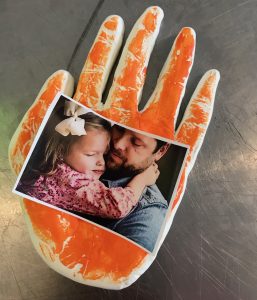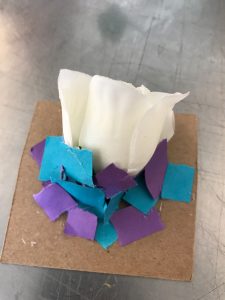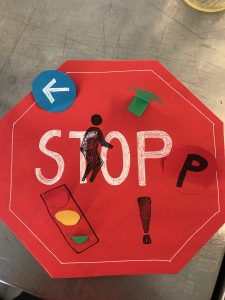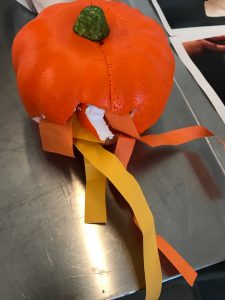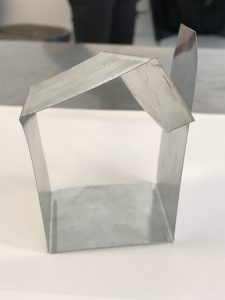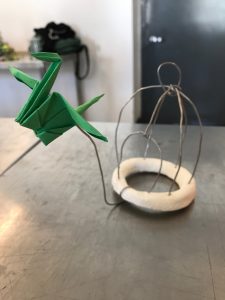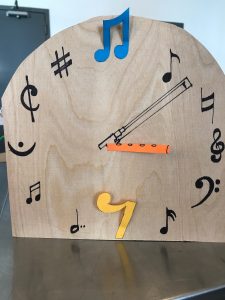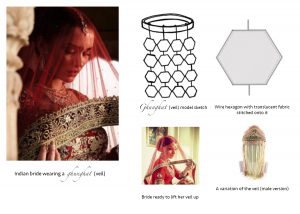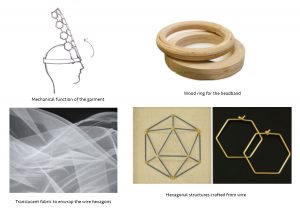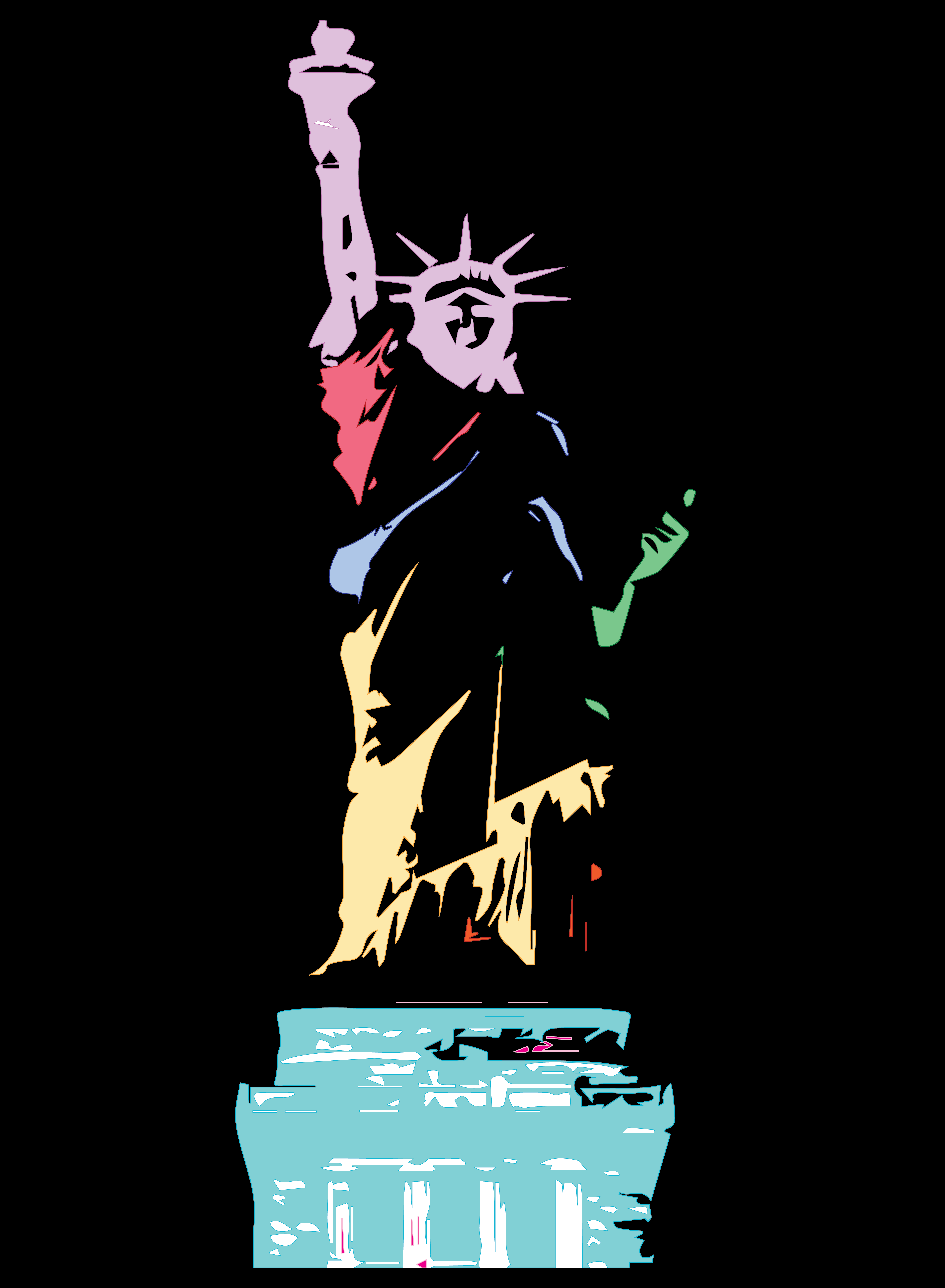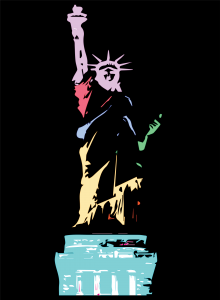Author: karns878
On Patterson

Transfer of the Hoodie
“The transfer of the garment from the old white champ to the young black contender plays as an echo of the film’s broader racial politics.”[1] The aforementioned sentence is well-structured and simple, without any complex punctuations. It explains the shift of the hoodie from old white men to black youth being highlighted in the movie “Creed”. The usage of words and phrases like “transfer”, “echo” and “broader racial politics” gives the sentence an interesting depth. It progresses from the topic of transfer of the garment to that of the film’s racial theme. The sentence has a substantial impact because it begins with the “transfer”. It merges well with the whole controversial theme of the essay by including the two major sides in one sentence.
[1] Troy Patterson, “The Politics of the Hoodie”, The New York Times Magazine, MM16, https://nyti.ms/1L5r4c6, 2016.
Is Fashion Modern?
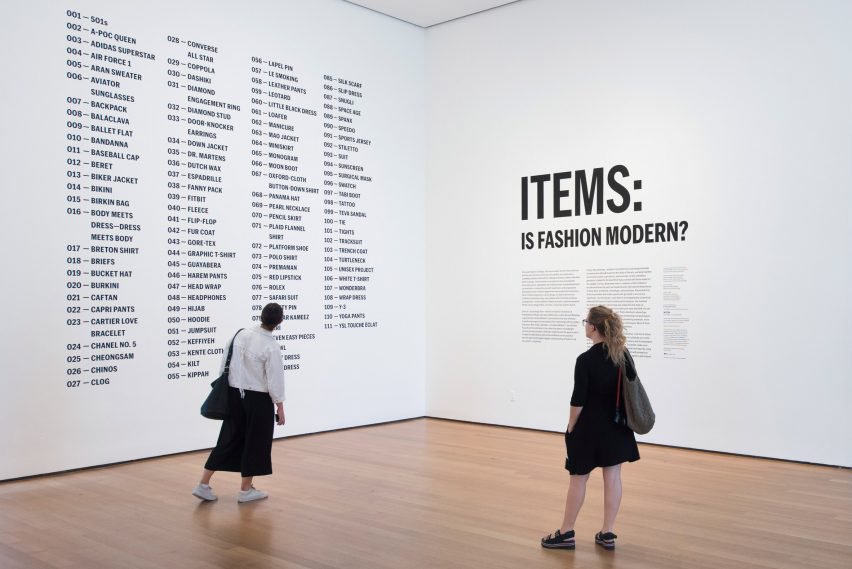
The MoMa exhibit, Items: Is Fashion Modern? is an interesting display of everyday fashion wear. It includes a hundred and eleven fashion items. These several garments/accessories are presented in a random order not following a chronological or thematic sequence. In my opinion, the organization of the exhibit was a little disappointing. The arbitrary sequence did not allow me to focus on any one area properly. However, I thoroughly enjoyed how relatable and comprehensible each display is. Anyone can understand the significance of these items without having to rack one’s brains like one might do at other art exhibits.
I noticed that each piece was commissioned from a particular brand, to curate in the exhibit. The brand played a significant role in bringing out the modernization of fashion. The item I have chosen is the Red Lipstick – 1952 Revlon Fire and Ice. This lipstick was purchased for the purpose of the exhibition. What struck me about this piece, is that such a small and simple entity can hold so much meaning and importance. The red color in itself has so much value. It represents the qualities of aggression, strength and courage in a woman. In 1946, Harper’s Bazaar declared, “the little stick takes on the significance of a sword.” There is plenty history behind this tiny fashion accessory. It plays a very monumental role in a woman’s life.
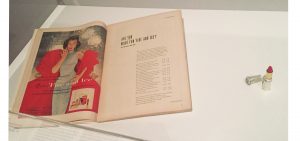
Figure Drawing
Hollander Response
Traditional Dress Vs Modern Fashion
Traditional systems of dress, obviously can make much more accurate social mirrors than fashion ever does.1 Hollander’s idea about the abstract meaning of fashion contradicting the direct representation in traditional dress really interested me. She talks about the traditional costume accurately depicting a person’s social background, while modern fashion ambiguously portraying some obscure characteristics. This idea is given a broad form by incorporating the fact that although there were rules, there was also room for creativity within the traditional sphere. For example, if the dress code for women was petticoat and ribbons, they had the freedom to choose the color and style of each.
Also referencing to the body-painting culture in select societies, in still other cultures, one group of scars on a girl’s face showed that she had passed the menarche, while another array of them on her chest was purely ornamental.2
Hollander even discusses the transmissible and inheriting feature of traditional clothing. Dresses were made not just for one person but for all, as members belonging to a particular group. They were passed down to their offsprings and so on. On the other hand, fashion is very individualistic. It involves complete personal choice. Even though fashion is trendsetting and results in imitation, it does not give out the same common meanings that traditional dress did. It is easier to identify a person belonging to a social group, clothed in traditional wear. Modern fashion does not have the same purpose. It is mainly meant to please the eyes, like modern art. This is where fashion and traditional differ.
- Anne Hollander, Sex and Suits – The Evolution of Modern Dress (Bloomsbury Academic, 2016), 18
- Anne Hollander, Sex and Suits – The Evolution of Modern Dress (Bloomsbury Academic, 2016), 19
Integrative Studio Selfie Avatar Audio
Bridge 2 (Peer-to-Peer) | Partner Profile

For this assignment, we were paired with our peers.
After critiquing each other’s Bridge 1 essays, we came up with a list of action verbs associated with our partner’s essay. We even interviewed each other with a bunch of questions of our choice.
Assignment: After two weeks of interviews and collaboration with your partner, write a brief essay that profiles your partner. Use descriptions, experiences, stories, and dialogue to embody your partner’s persona (avatar) in words. Be fair. Avoid critique or negative judgment of your partner’s experience. Instead, imagine you’ve been commissioned to craft a portrait of your partner. What telling details will figure an accurate likeness of your partner with words? How might others — or an internet search — see your partner? Show, don’t tell.
A few action verbs that I associate with my peer, Eric Hu’s essay pertain to the abstract qualities of passion, distaste, diligence and freedom. The questions that I have put down aim to understand him in a deeper way and help me get into his mind.
Action Verb List
- To liberate
- To rehearse
- To disrelish
- To constrain
- To indulge
- To reinvest
- To regorge
- To master
- To relish
- To devote
Interview Question List
- What is the purpose of your life?
- What amuses you the most?
- What is your favorite part of your daily routine?
- What are you most afraid of?
- How often do you do something just for yourself?
- What does your ringtone sound like?
- Do you like your name?
- Have you ever kept up with a New Year’s resolution?
- How would you want your life to end?
- When have you felt your biggest adrenaline rush?
Reflection: Writing this descriptive essay on Eric Hu helped me in uncountable ways. I found out how difficult it is to write a 2-page essay on someone you have only known for about three weeks. I was lucky to have him as my partner, because he was extremely cooperative and understanding. Interviewing him and answering his questions helped me overcome my timidity to open up to someone new. I learn a lot about him as well as about the art of biographies. From this essay, I could tell that I needed to work on my ability to portray a person more vividly and concisely at the same time.
